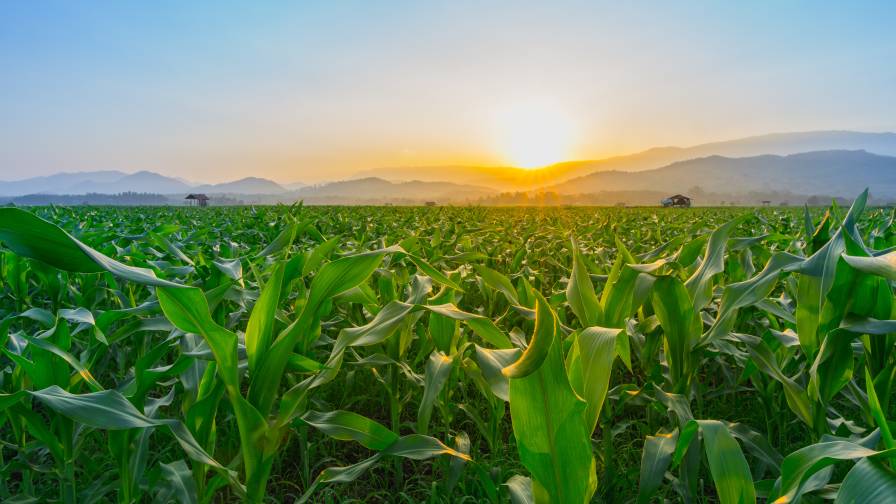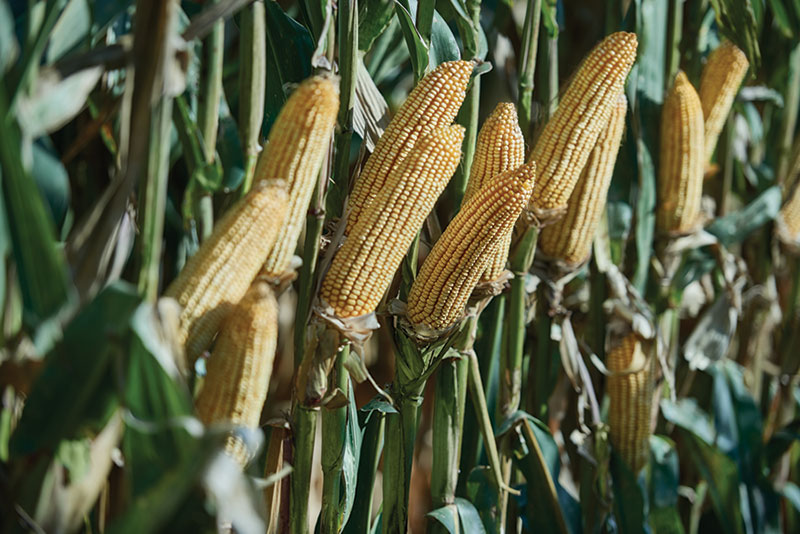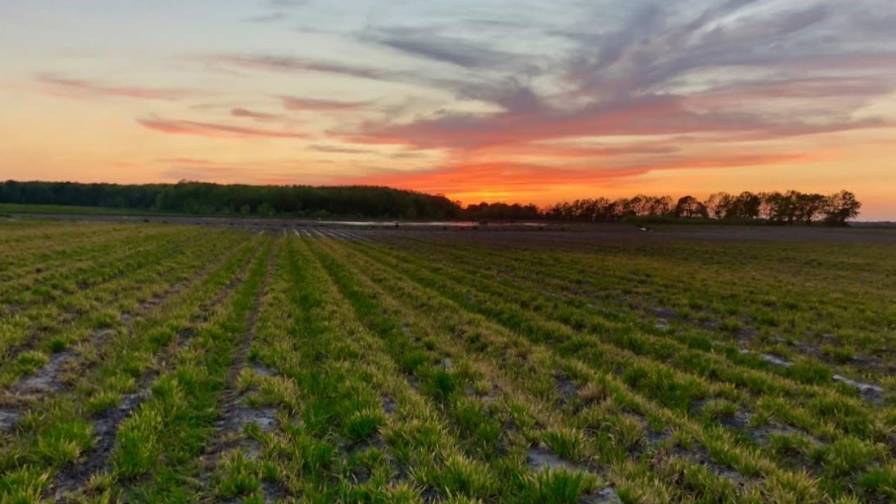Top 5 Ways Pigweed Spreads – And What You Can Do About It
It sometimes seems that even the very act of farming can spread Palmer amaranth, or pigweed, across U.S. farmland, writes Tom Wood at AgriBusiness Global. The aggressive weed can produce a million seeds from a single plant. It can infest farms through seeds carried on second-hand farm equipment, by combine harvesting, in livestock feed, or even by being blown into farms from roadside mowing.
Individual strategies to control the weed range from pesticides to pressure washing of farm equipment to hand-weeding or even burndown of infested areas. By themselves, however, these strategies are only partially successful. Because completely avoiding contamination is practically impossible, weed experts are focusing instead on educating farmers on how to resist the spread of the weed through multiple modes of treatment.
Let’s take a closer look at how pigweed is spread, and ways to resist pigweed’s growing chokehold on American farmland.
How a “Prohibited Noxious Weed” Becomes a Major Threat
Just last summer, under a new emergency rule, pigweed was labeled a “prohibited noxious weed seed” in Wisconsin. In North Dakota, pigweed also was first seen in the summer of 2018, and has already been called “a major threat to North Dakota crop production” by North Dakota State University.
In fact, pigweed has spread already through a majority of the continental U.S. Andrew Kniss, a weed researcher at the University of Wyoming, has been tracking pigweed’s infestation in his personal blog, and the number of affected states at present numbers 30, ranging from California to Massachusetts, and literally dozens of states in between.
Continue reading at AgriBusiness Global.





